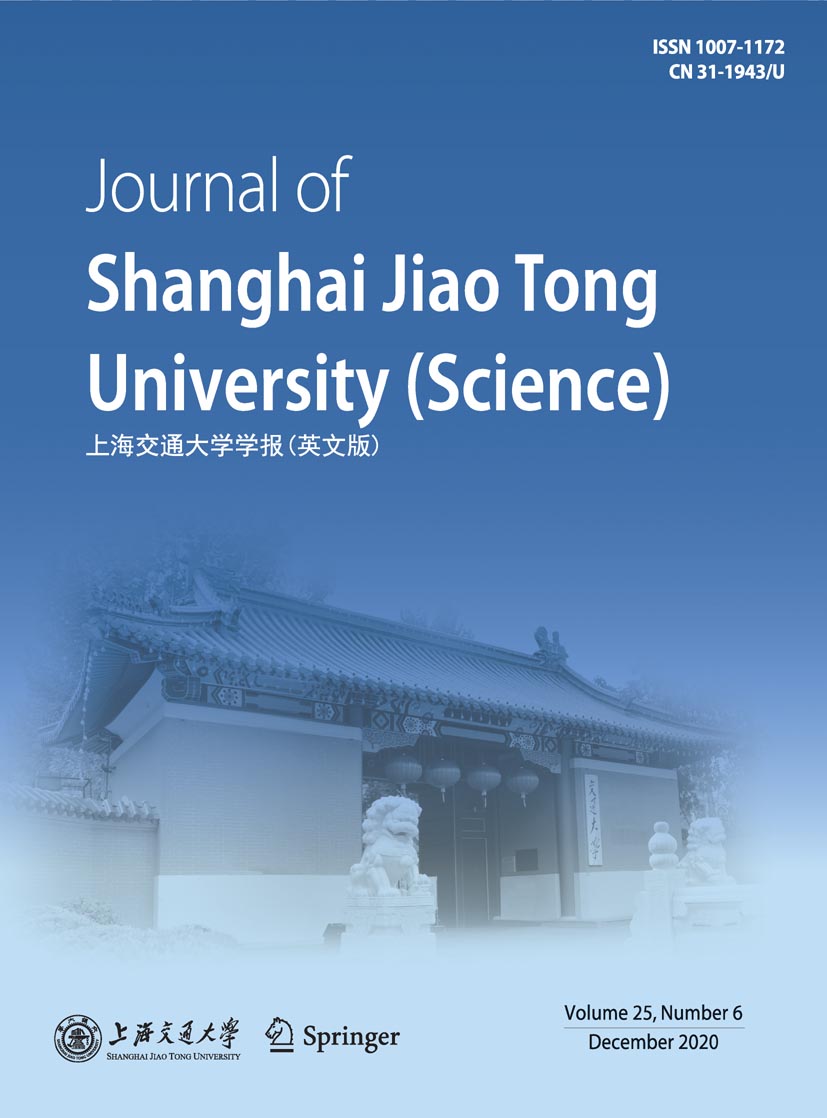Metros are critical infrastructure in big cities and evaluation of their safe operation is of increasing importance.To make a reasonable safety evaluation for the metro during operation, this paper establishes a rational safety evaluation model based on long-term monitoring data of Shanghai Metro Line 2. Four evaluation indicators,i.e., absolute settlement, relative curvature, deformation rate and curvature radius, are adopted. Analytic hierarchy process (AHP) and entropy method are combined to determine the weights of the indicators. The risk level values at different mileage are calculated and five danger levels are defined accordingly to determine the safety state of Shanghai Metro Line 2, i.e., safe, relatively safe, critical, relatively dangerous, and dangerous. Safety evaluation of Shanghai Metro Line 2 shows that: 83.81% areas of Shanghai Metro Line 2 are in safe, relatively safe and critical states, while 15.63% and 0.57% areas are in relatively dangerous and dangerous states, respectively;the parts of Shanghai Metro Line 2 where the risk level values exceed the critical value are mainly distributed around the mileage at 6.0—7.5 km and 8.5—11.0 km, and the risk level value peaks around the mileage at 7.3 km,to which much attention should be attached and relevant protective measures be taken; the sections with the high risk level values coincide with the distinctly deforming areas of the metro, indicating that this evaluation method is valid.

